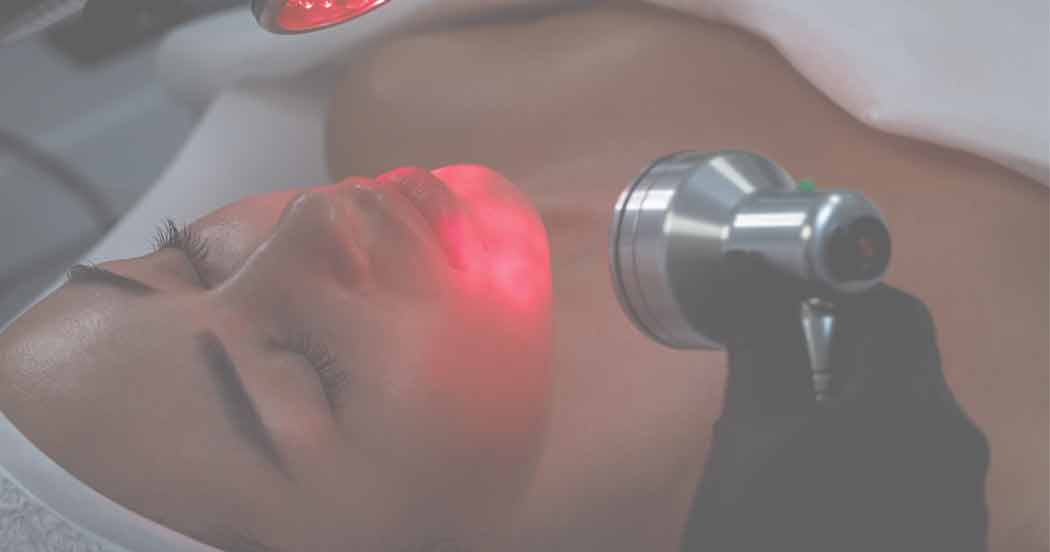Though it is has been in existence for nearly six decades and used in other applications, such as by astronauts to grow plants in space, red light therapy is now being explored as a non-invasive way to treat a number of skin conditions, including eczema and psoriasis.
Unlike other forms of phototherapy, which rely on blue or UV rays, red light therapy (also known as or photobiomodulation or low-level laser therapy – LLLT ), uses light waves in the red and infrared spectrum. This frequency stimulates cellular energy production and promotes healing without damaging the skin or cells.
According to a study published in the Seminars in Cutaneous Medicine and Surgery journal, red light therapy has been used in medical applications to reduce pain and inflammation as well as promote tissue regeneration in treating scars and wounds.
After reviewing the improvements shown in these medical applications, dermatologists started using it for cosmetic purposes, including reducing wrinkles, fine lines and treating inflammatory acne. While there are other forms of phototherapy already in use for treating psoriasis and eczema, researchers are wondering if there are medical benefits to using red light therapy for these conditions.
How is it Different From Blue Light Therapy?
One of the biggest differences between the two types of phototherapy is wave frequency. UV light has a much faster frequency than red and infrared light, which has a much longer, slower wave that puts it at the visible end of the light spectrum.
According to the National Psoriasis Foundation, traditional phototherapy is prescribed by a doctor and typically requires exposing skin to UV light. There are two types of UV light: UVA, which is ineffective in the treatment of psoriasis unless it’s combined with psoralen, a light-sensitive medication, and UVB, which is the primary type of light used in prescription phototherapy. Both types of light also occur naturally in sunlight.
A similar approach is used in the treatment of eczema, according to the National Eczema Foundation, which notes that existing UV therapy is effective in relieving symptoms in about 70 percent of patients.
Red light therapy differs in that the wavelengths are absorbed by the skin in an attempt to stimulate regenerative effects at the cellular level. This is a different approach than UV light, which is used to slow the growth of affected skin cells. Depending on the actual frequency, the light can be used to target the skin or absorb deeper into the body, which is why it’s sometimes used to treat joint pain and aid in muscle recovery.
The Future of Light Therapy for Eczema and Psoriasis: Could Red Light Therapy Become a Doctor-Recommended Treatment Option?
There are known side effects of UV light therapy, including the possibility of a sunburn-like reaction, blistering, premature aging and increased risk of skin cancer. The side effects are typically weighed against the effectiveness of the treatment for psoriasis and eczema.
At this time, there is limited research on the side effects of red light therapy for eczema and psoriasis.
Red light therapy has not received Food and Drug Administration approval for treatment of eczema or psoriasis. You might see red light therapy treatments available through wellness centers, gyms, and spas, but it is not intended to treat eczema or psoriasis.
Could red light therapy be a treatment option for eczema or psoriasis? That’s a discussion for you and your physician or dermatologist. Currently, it is not, but with more research, it could become a light therapy option to treat eczema or psoriasis.
Please note: We do not endorse or recommend any treatments, services or diagnosis, whether specifically or generally. Professional health advice should be sought in relation to all health and treatment decisions.
